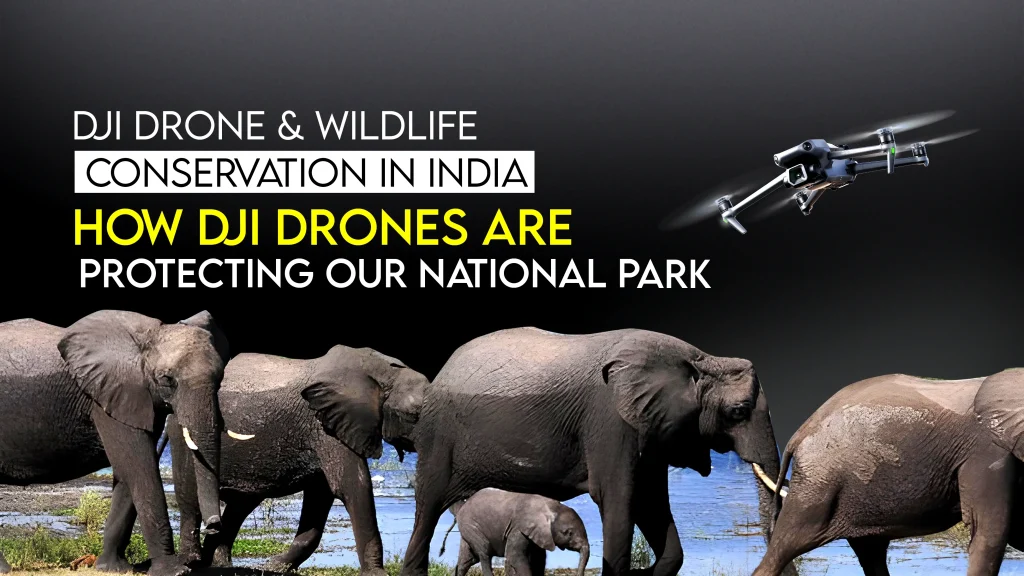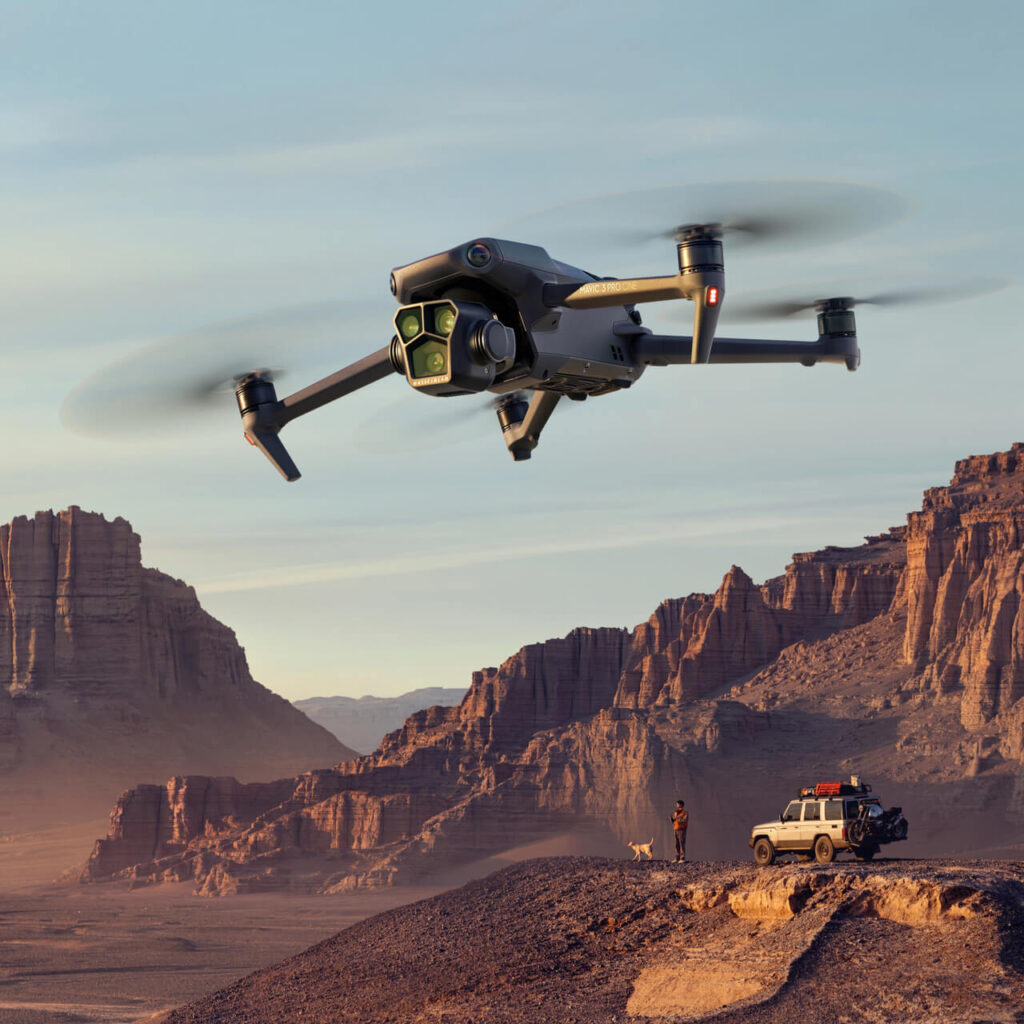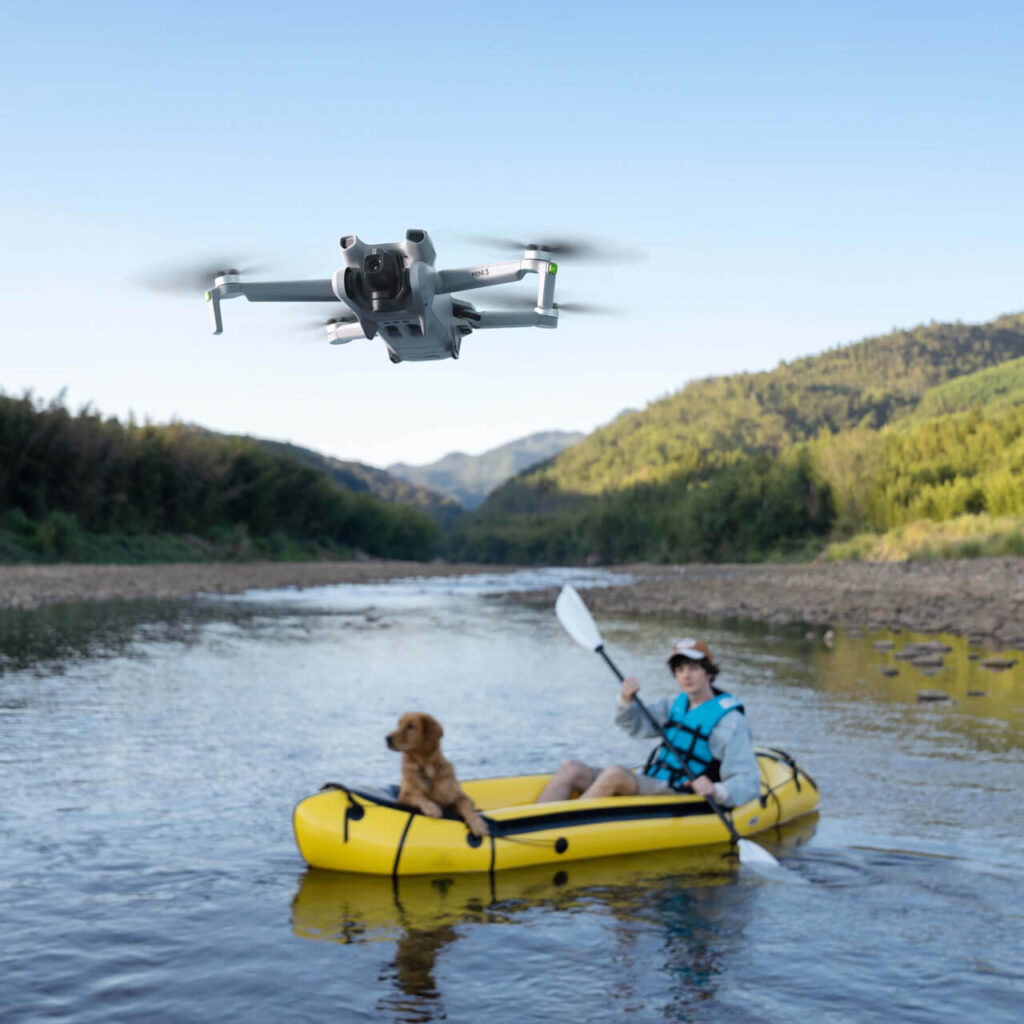Introduction
Imagine the dense forests of Jim Corbett or the serene grasslands of Kaziranga. Somewhere above the canopy, a DJI drone silently flies, capturing real-time visuals of elusive tigers and patrolling against poachers. In a country as biodiverse and vast as India, protecting wildlife is no small feat. From the Himalayas to the Western Ghats, our national parks are home to endangered species that require constant monitoring—and DJI drones are quickly becoming the unsung heroes of this mission.
Wildlife conservation in India is not just a government responsibility—it’s a national priority. With over 100 national parks and 500+ wildlife sanctuaries, efficient surveillance is essential. This is where DJI drones shine. Whether it’s thermal imaging to track movement at night or high-resolution mapping of habitats, these drones are empowering forest departments, NGOs, and scientists with data like never before.
Background: DJI’s Growing Presence in India
DJI, a global leader in drone technology, has been gaining ground in India’s growing drone ecosystem. According to a recent report by FICCI and EY, the Indian drone market is expected to reach ₹50,000 crore by 2030, and conservation is one of the key sectors fueling this growth.
While India’s drone regulations have historically been strict, the Drone Rules 2021 have significantly eased processes. Today, licensed DJI drone operators can fly in green and yellow zones with relative ease—especially when backed by conservation authorities. As a result, DJI drones are being increasingly adopted by wildlife conservationists across India.
Popular Use Cases in India Include:
- Anti-poaching surveillance
- Mapping animal migration paths
- Monitoring forest fires
- Livestreaming from remote habitats for research and awareness
Key Features of DJI Drones for Wildlife Monitoring
1. Thermal Imaging Capabilities
Many DJI drones like the Mavic 3T and Matrice 30T come with thermal sensors, allowing users to track animals even in pitch-dark conditions. This is particularly useful for:
- Night surveillance in poaching-prone areas
- Locating injured animals in distress
- Avoiding human-wildlife conflict near villages
2. Real-Time HD Transmission
The DJI OcuSync transmission system ensures real-time, high-quality video feeds to ground control stations. This helps conservationists take immediate action in emergencies—like spotting unauthorized human movement or tracking forest fires.
3. Automated Flight Paths and Mapping
With DJI’s GS Pro or DJI Terra, users can pre-plan flight paths, automate drone missions, and generate 3D terrain maps. These are crucial for habitat mapping and long-term conservation strategy.
India-Specific Use Case: Kaziranga’s Fight Against Poaching
In Assam’s Kaziranga National Park, forest officials have deployed DJI drones for anti-poaching patrols. Kaziranga, home to the world’s largest population of one-horned rhinos, has long been a target for poachers.
According to a report by The Hindu, drone deployment led to a 70% drop in poaching incidents between 2021 and 2023. The drones provided aerial surveillance during peak poaching hours—early morning and late evening—helping forest teams respond swiftly.
Tips & Best Practices for Using DJI Drones in Indian Forests
- ✅ Get Proper Permissions:
Always obtain clearance from the Ministry of Environment and Forests (MoEF) and local forest authorities before flying in protected zones. - 🧭 Use Geofencing and No-Fly Zones Smartly:
DJI drones come with geofencing tech. Use it to avoid flying into red zones or restricted airspace accidentally. - 🔋 Carry Extra Batteries:
Surveillance in the wild is unpredictable. Carry multiple batteries, especially for long-range missions in parks like Sundarbans or Gir. - 📡 Use an LTE/4G Module:
For drones like the Matrice series, adding an LTE module helps maintain stable connections in dense forested areas with low GPS signal. - 📊 Analyze Data Post-Flight:
Use tools like DJI Terra or Pix4D to analyze captured data and generate useful insights like movement heat maps or habitat changes.
FAQ: DJI Drones and Wildlife Conservation in India
1. Can I fly a DJI drone inside a national park in India?
Only with proper permission from forest authorities and the MoEF. Unauthorized flights in restricted zones can lead to legal action.
2. Which DJI drone is best for wildlife conservation work?
The DJI Mavic 3T or Matrice 30T are ideal due to their thermal imaging, zoom cameras, and weather resistance.
3. Where can I buy a genuine DJI drone in India?
Jetayu Gadgets is a trusted platform to buy DJI drone India at competitive prices with full warranty and support.
4. Are DJI drones safe around animals?
Yes, if flown at the recommended altitude and noise threshold. It’s best to follow wildlife drone guidelines to avoid disturbing animals.
5. Can DJI drones help with tiger tracking?
Absolutely. DJI drones equipped with thermal cameras are used in reserves like Bandipur and Pench to track tiger movements during patrols.
Conclusion
Wildlife conservation is evolving in India, and technology is playing a central role. From real-time visuals to automated habitat mapping, DJI drones are becoming essential tools for India’s conservation heroes. Their contribution goes beyond convenience—they are actively helping save endangered species and preserve India’s rich biodiversity.
To buy your DJI drone at the best price in India, visit JetayuGadgets.com. Whether you’re a conservationist, researcher, or just a tech enthusiast, Jetayu Gadgets ensures you get authentic DJI products with expert advice and support.
🚀 Call to Action: Buy DJI Drone in India
Looking to join India’s conservation movement with cutting-edge aerial tech? JetayuGadgets.com is your one-stop shop to buy DJI drone India at unbeatable prices and unmatched after-sales service.
👉 Related Post: See our guide on importing drones in India
📘 External Resource: Drone Rules 2021 – DGCA India




